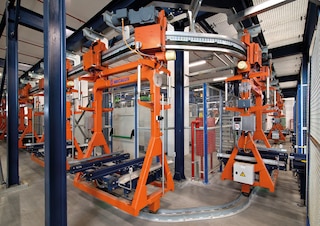
Pros and cons of electrified monorails, an effective and high-speed transport system for goods
06 Feb 2018Electrified monorails substitute or are combined with conveyors to span medium to very long distances.

Electrified monorails substitute or are combined with conveyors to span medium to very long distances.
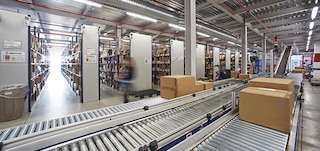
Reverse logistics is defined as the practices and processes set up for organising product returns from points-of-sales to the manufacturer in order to repair, recycle or dispose of these articles in the most cost-effective way.
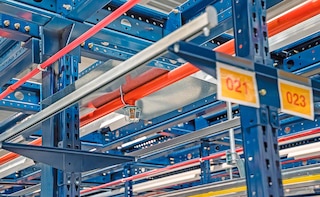
Fire safety in a warehouse is a particularly big challenge since, usually, these types of buildings have a high fire load. In addition to the merchandise, installations contain elements that spur on the spread of flames, like plastic materials, cardboard or wood, among others. To minimise this risk, warehouses must have fire prevention, detection and suppression systems.
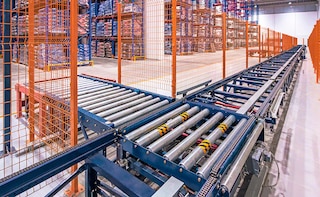
Even though conveyors are generally associated with highly automated installations, in reality, they are more and more common in standard warehouses. The reason is they boost warehouse productivity by optimising the flow of goods, reduce loading, unloading and transport times, as well as ensure a constant stream of products.
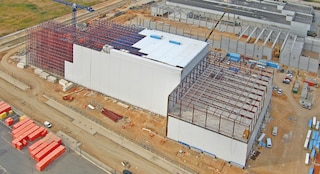
This article explains how the thermal insulation of low-temperature warehouses is achieved and emphasises the importance of a rigorous design to guarantee the optimal operations of cold storage.

The highest seismic hazard values and the likelihood of earthquakes occurring converge typically in regions close to the edges of Earth's tectonic plates. In Europe, the countries with the greatest seismic risk are Italy, Greece, Turkey, Cyprus and Iceland. At the same time, in each country, there are areas at higher risk than others. Prevention, as well as the compliance with European standards regarding the design and construction of storage systems, are fundamental for the earthquake-proofing of racks.
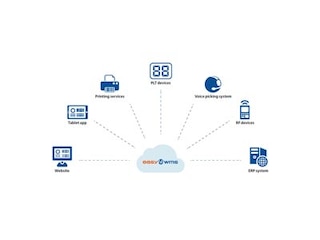
Cloud technology is a huge help for companies to strategically manage their logistics supply chain and integrate all processes carried out to maximise earnings. In recent years, this computational model has started to replace traditional, on-premise ones at a phenomenal rate.
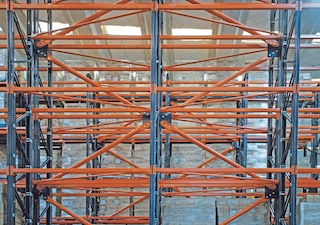
Chile is one of the most earthquake prone countries in the world due to its geographical location in the Circum-Pacific belt (also known as the Ring of Fire), the scene of intense seismic activity. It also presents unique characteristics, making it ideal for scientific research related to this natural phenomenon. Accordingly, Mecalux has spent years analysing and improving the structural behavior of racking.
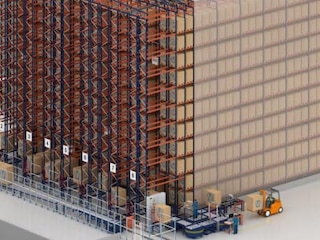
Electricity is essential to the operation of manual or automated warehouses, and as a result companies can supply the goods and services they produce for general consumption. Nowadays, businesses implement practices, as well as technical and organisational measures aimed at reducing energy consumption and optimising the throughput of installations.
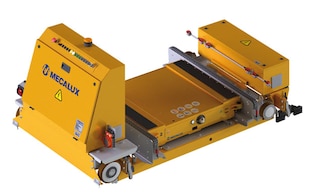
In recent years, there has been widespread change in the technology used to store electrical energy in automated handling systems. The largest manufacturers in the sector have been gradually replacing lead-acid batteries with lithium-ion batteries and supercapacitors since they maximise the performance.
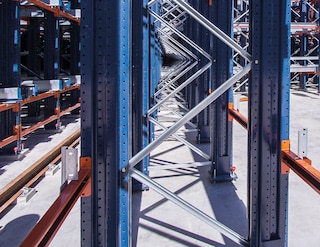
In warehouses, racks are exposed to changes in temperature, humidity, continuous transport of goods and operators. These factors can cause deterioration of the components that make up the structures. This article analyses the advantages and disadvantages of the different methods and finishes available on the market to protect the metal profiles from the effects of corrosion and oxidation.
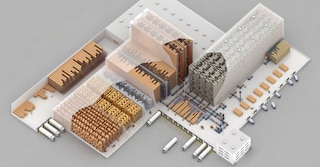
In the same installation, goods of different turnovers can co-exist, classified on the basis of consumption criteria (type A, B, C). Taking this fact into account, and factors such as capacity or required installation flows, each product should be deposited in a different storage system based on their characteristics. Automatically, a question arises: what is the ideal system?

Both the components that pallet racks consist of and the materials they are fabricated from are submitted to testing; first to determine their strength and elasticity capacities, whereas the second establishes their tensile strength and their ductility, i.e., the capacity to be bent. These processes fulfil the international standard, which outlines the parameters that must be taken into account with respect to the quality and safety of products.
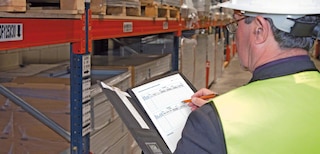
Despite its obvious importance, there are still many questions about the essential measures the storage systems user should observe when minimising the risk of accidents in daily operations. Protecting personnel and ensuring proper warehouse operations should be any logistics manager’s top priority. In this article, Mecalux shares its expertise on this topic, analysing the keys to good management in safety policy.

A management and control software increases performance, provides a much more efficient work system, and minimises errors. Get full insights of WMS advantages.
The Panama Canal opened in the summer of 1914, carving a link between two oceans and revolutionizing maritime travel. The new expansion project is 98% finished as of May 2016.
What forces must be pondered when designing metal pallet racks? How do we verify that the structure will be suitable to withstand all loads? These and other issues are those which should be taken into account in the design of this type of rack, with the goal of ensuring its stability and resistance, and therefore the overall security of the installations.
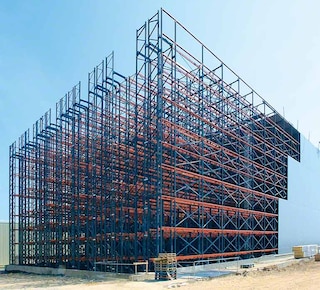
This type of constructions are integrated buildings formed by the racks themselves, whose structure is coupled to both the roof and wall cladding. Clad-rack warehouses have achieved great importance in the last 30 years, mainly because of the need for space optimisation, and resulting in the construction of buildings that are taller than 45m.

Due to the continuous evolution of technology, our business landscape is changing at a high speed. One of the most important paradigm changes that has taken place in recent years has been caused by the software industry, with the creation of cloud-based applications. The logistics operations of companies have quickly adapted to this change, demanding that software applications be implemented which are increasingly compatible with the cloud.
Warehouses are no longer merely places for storing products; they are now focused on providing service and support facilities to companies of all kinds. They must be properly designed, with a design project that compiles as much information as possible. We have compiled the 6 basic factors for the design and layout of a warehouse.